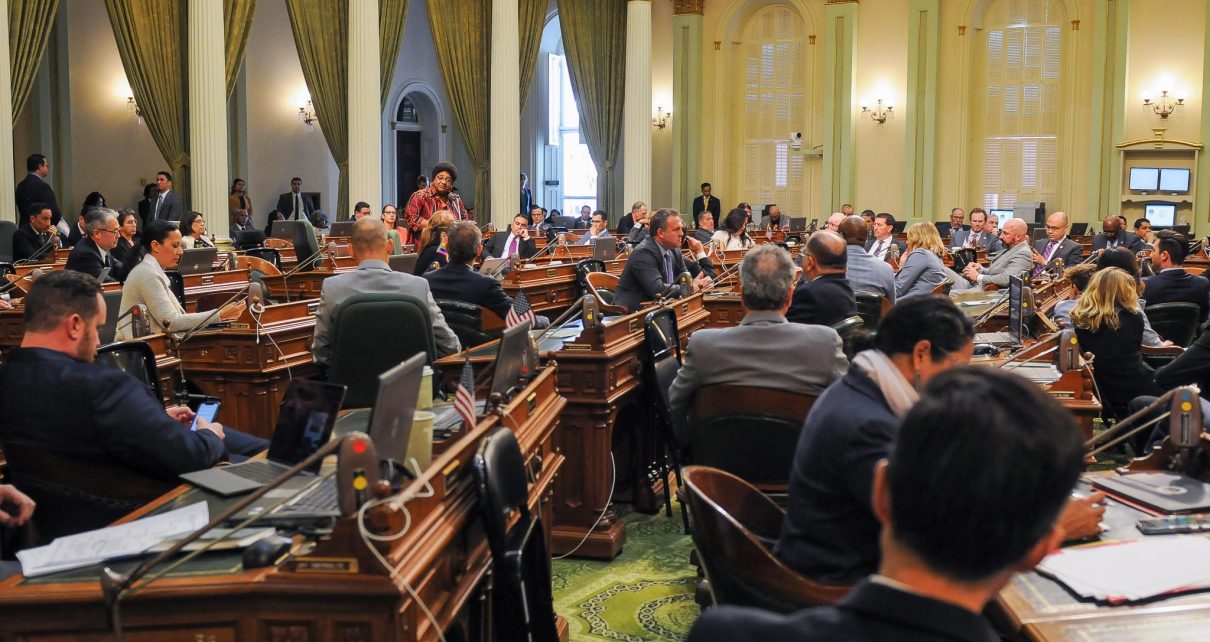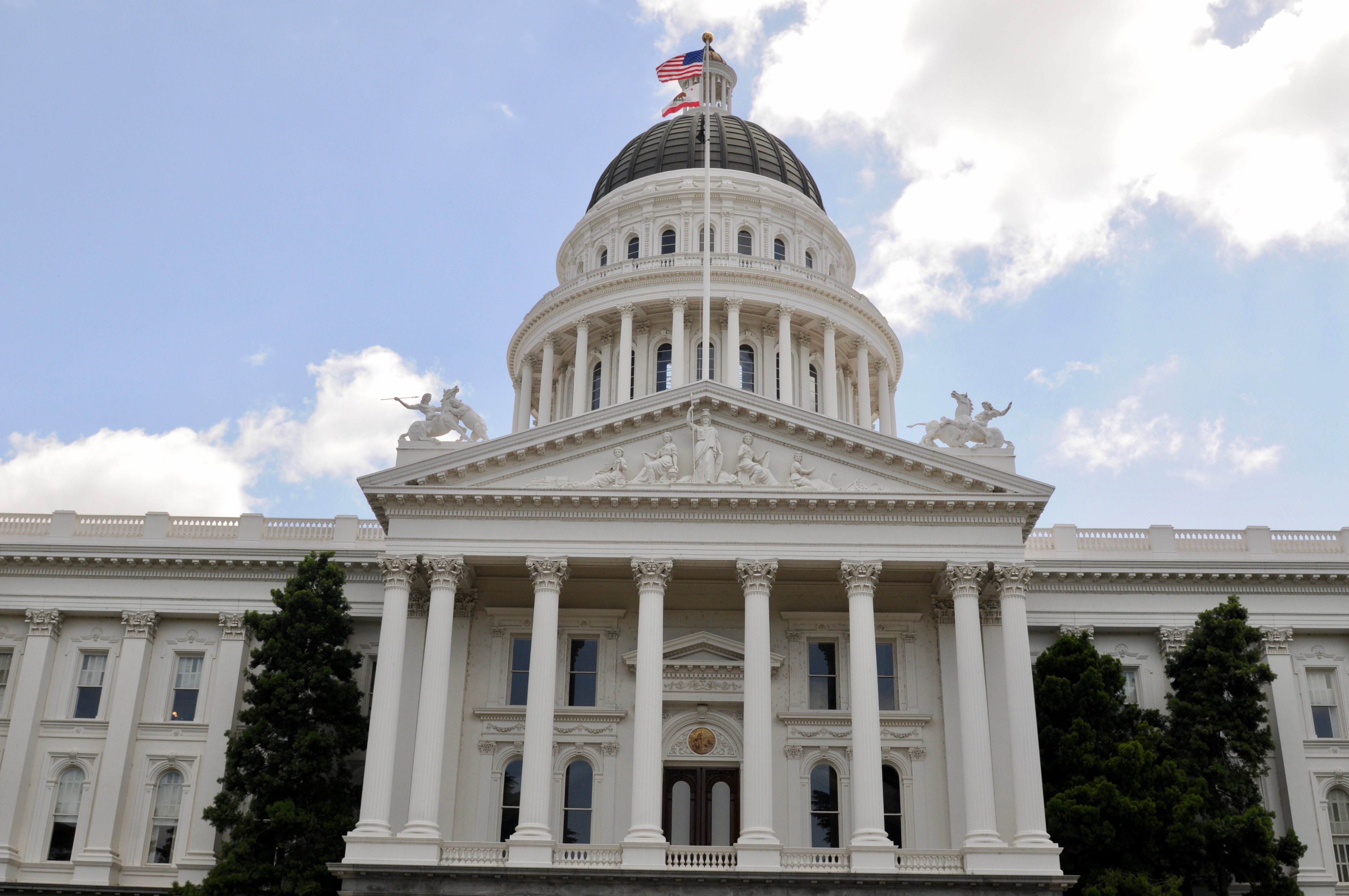
California State Assembly. (Photo: Kevin Sanders for California Globe)
Knowing When an Initiative Is Being Amended by the Legislature
What happens if a bill were to add language in another area of the same Code?
By Chris Micheli, October 13, 2023 6:32 am
Article II, Section 10 of the California Constitution provides in Subdivision (c):
The Legislature may amend or repeal a referendum statute. The Legislature may amend or repeal an initiative statute by another statute that becomes effective only when approved by the electors unless the initiative statute permits amendment or repeal without the electors’ approval.
This provision only allows an initiative that was adopted by the state’s voters to be amended by the Legislature if the initiative permits amendment without the electorate’s approval. For example, Prop. 65 does allow amendment by the Legislature. As a result, the Legislature may amend Prop. 65. So, when the Legislature desires to amend Prop. 65, it includes in a “plus section” (which can be seen at the end of a bill that proposes to amend the Act) a legislative finding and declaration. Like many other initiative measures that allow amendments by the Legislature, Prop. 65 requires that amendment to “further its purposes.”
But how do you determine whether the bill amends a prior initiative measure? One obvious way would be add, amend, or repeal statutory language that is contained in the Code sections that were added by the earlier initiative measure. But it is not always that simply anymore. In other words, if a bill changes provisions of the Insurance Code that were added by the voters in 1998 by Prop. 103, that is readily ascertainable.
What happens if a bill were to add language in another area of the same Code, but it seemed like it was affecting the prior initiative? If a bill were deemed to only amend a ballot measure if the same Code sections were affected, then that would be an easy way around the requirement to change an initiative measure by the voters.
Instead, California’s courts generally look at whether the statutory initiative’s provisions are affected by the bill. For example, is the bill authorizing or requiring something that the initiative prohibits? Or, is the bill prohibiting something that the initiative authorizes? In these circumstances, the courts will generally rule that the bill is amending the initiative, and would therefore usually require a higher vote threshold and meet the required test, such as “furthering the purposes” of the initiative.
- Minors Enlisting in the Armed Forces - July 28, 2025
- Remote Marriage Licenses in California - July 27, 2025
- Legislative Policy on Bay Area Pilotage - July 26, 2025







